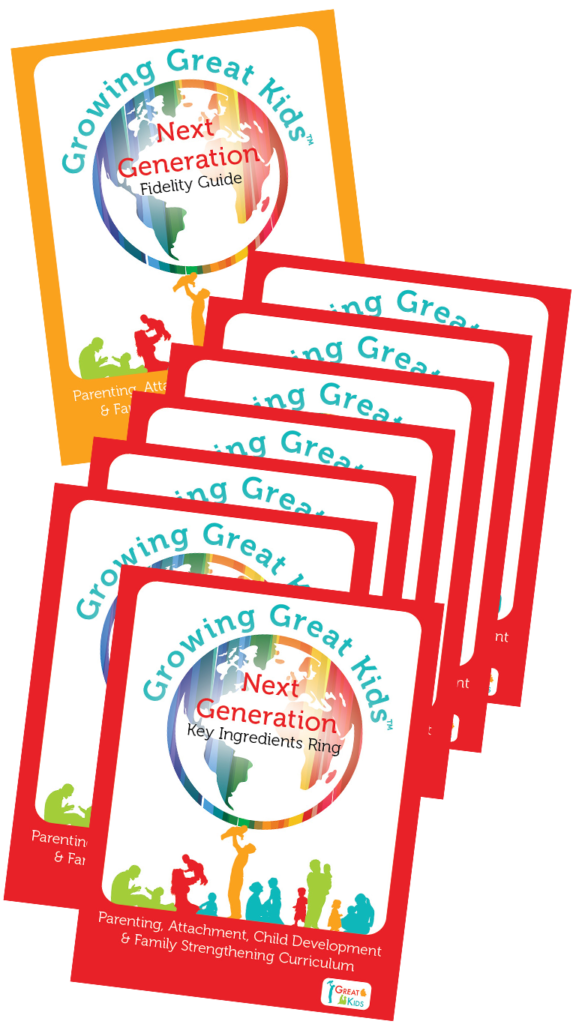
In today’s technology-driven world, it seems so much simpler to capture special moments. Most of us usually have our phone handy, so it’s easy to snap a picture or even take a video of those bits of life that you’d like to cherish forever. Though it’s easier to document our memories today, this was not the case when I was growing up. To take a picture, you had to make sure that the film was loaded in your camera and if you wanted a video, you had to be willing to carry around quite a large camera. Luckily, someone in my family was willing to walk around with one of those hefty cameras the day I was born. I’m very thankful for this because the person behind the camera was able to capture my brother’s first reaction when meeting me.
Like most siblings, my brother and I certainly had our share of disagreements growing up. However, the day my brother met me, he was ecstatic. He was so excited to have a little sister that he asked the nurse to take a picture of us together. The sweetest part about this picture is that he took it to school so that he could tell everyone about me during show-and-tell. Though I love seeing this sweet moment captured on this home video, I still get quite a laugh at what my brother did after he had spent more time with me. As my brother stood observing my every move, I eventually let out a roaring cry. That’s when my brother said, “I don’t like that crying.” Even though my brother was already growing a special bond with me, it didn’t take long for him to express that he preferred my sound volume at a lower level.
I share this story with you because I thought we could spend some time talking about welcoming new siblings. Though most parents hope their children will interact like my brother did when he first met me, we know that it doesn’t always go this way. Not to mention, most children will usually have a moment like my brother did where they question the idea of bringing home a new family member. Before we dive into the different ways that parents can support children who are welcoming a new sibling, it’s important to mention that conflict between siblings is normal.4 However, child development specialists remind us that siblings can still help each other learn valuable skills like problem-solving and how to get along with others.1,4 There are even some steps that parents can take to prepare children for taking on their new role as a sibling.
The experts tell us that parents can help their children prepare for a new family member by:3
• Welcoming children to help with the preparation for the new baby. For example, parents can invite children to help them decorate the baby’s room or pick out clothes for their sibling.
• Reading books about babies and siblings. It can be difficult for a toddler to understand pregnancy, but reading books about how babies grow in the belly can help relieve some of their stress and worries around the new baby.
• Creating chances for them to be around other infants. Parents might point out babies when they’re in public or visit with a friend who has a baby. By doing this, parents can talk about the different things that babies can and cannot do as well as the care that babies need.
The experts tell us that in addition to trying some of these tips, parents can also prepare children by supporting them with their emotions during this transition. As toddlers wait for their new sibling to arrive, the child development specialists tell us that it’s normal for children to feel confused or worried about the idea of adding a family member. Since toddlers are still learning how to communicate their thoughts, they may use their actions to express the feelings they’re experiencing. This is why parents may notice their children seeking more physical affection, waking more during the night or seeming withdrawn.3 Parents may even see their children who have already started using the potty beginning to have accidents as they adjust to the idea of a new sibling.2,3
The experts tell us that in these moments when toddlers are having a hard time, it’s the time to show them empathy or try to understand how their children feel. Parents can do this by labeling their toddler’s feelings and doing something to support them, such as holding them close or taking them for a walk. Though welcoming a new family member is an adjustment for all, parents can be reassured that by providing their children with the comfort they need, they can support their toddler’s adjustment to a larger family.3
If you’re welcoming a new baby or have already added a member to your family, I hope you find these tips helpful. For the home visitors using Growing Great KidsTM Curriculum, know that you can also support parents by using the subsection, Siblings…Preparing for a New Baby. This conversation guide is located in the Prenatal Manual under Unit 4: Family Enhancements. I thank you for stopping by to read this blog and hope that you’ll check out our special topic for September. In the meantime, enjoy the rest of this summer season!
References
1. American Academy of Pediatrics. (n.d.). Types of sibling relationships. Retrieved from
https://www.healthychildren.org/English/family-life/family- dynamics/
/Pages/Types-of-Sibling-Relationships.aspx
2. Healthy Families British Columbia. (2017, September). Toddler’s first steps:
A best
chance guide to parenting [PDF file]. Retrieved from https://www.health.
gov.bc.ca/library/publications/year/2017/ToddlersFirstSteps-Sept2017.pdf
3. Lerner, C. (2017, April 10). Preparing your older child for the arrival of a new baby.
Retrieved from https://www.zerotothree.org/resources/1797-preparing-your-
older-child-for-the-arrival-of-a-new-baby
4. Parlakian, R. (2019, April 24). Raising siblings who stick together.
Retrieved from


